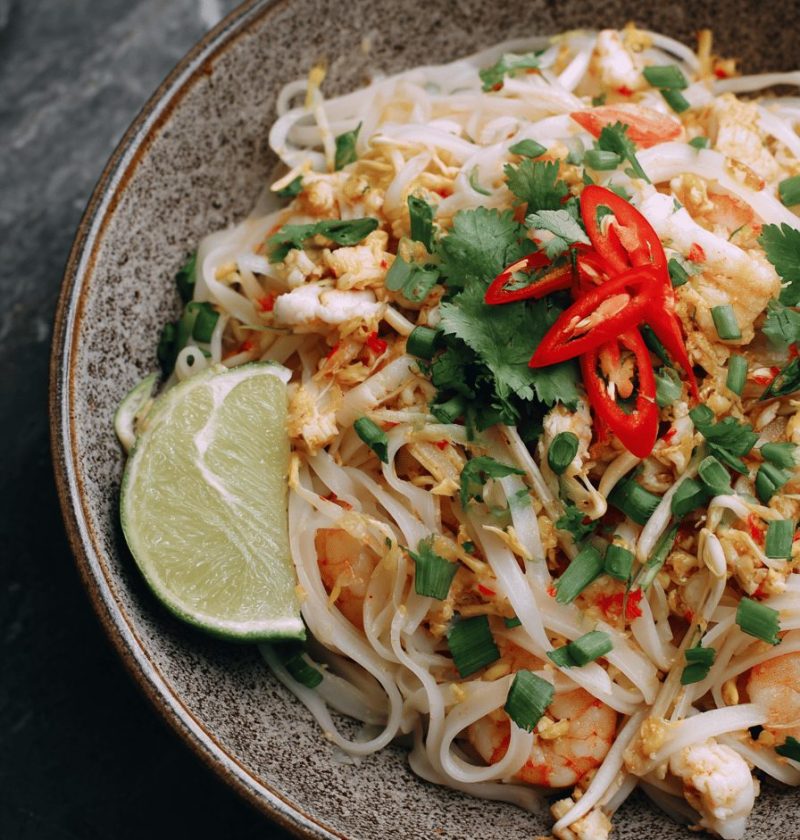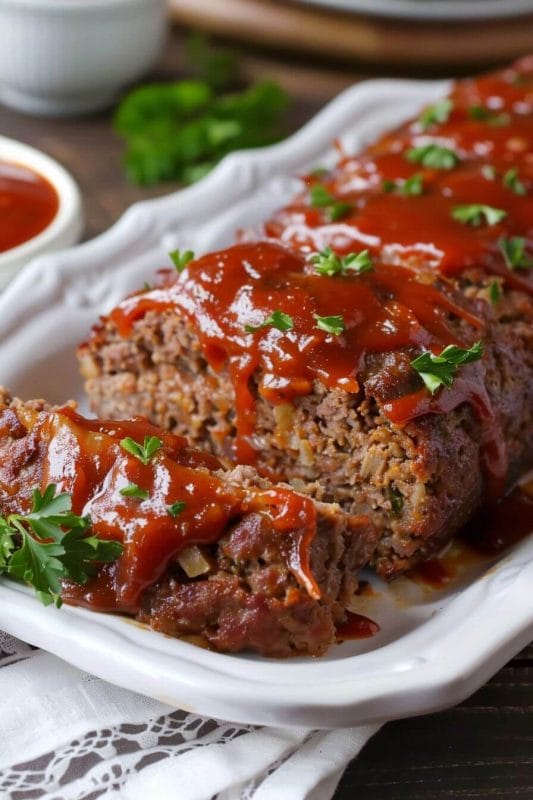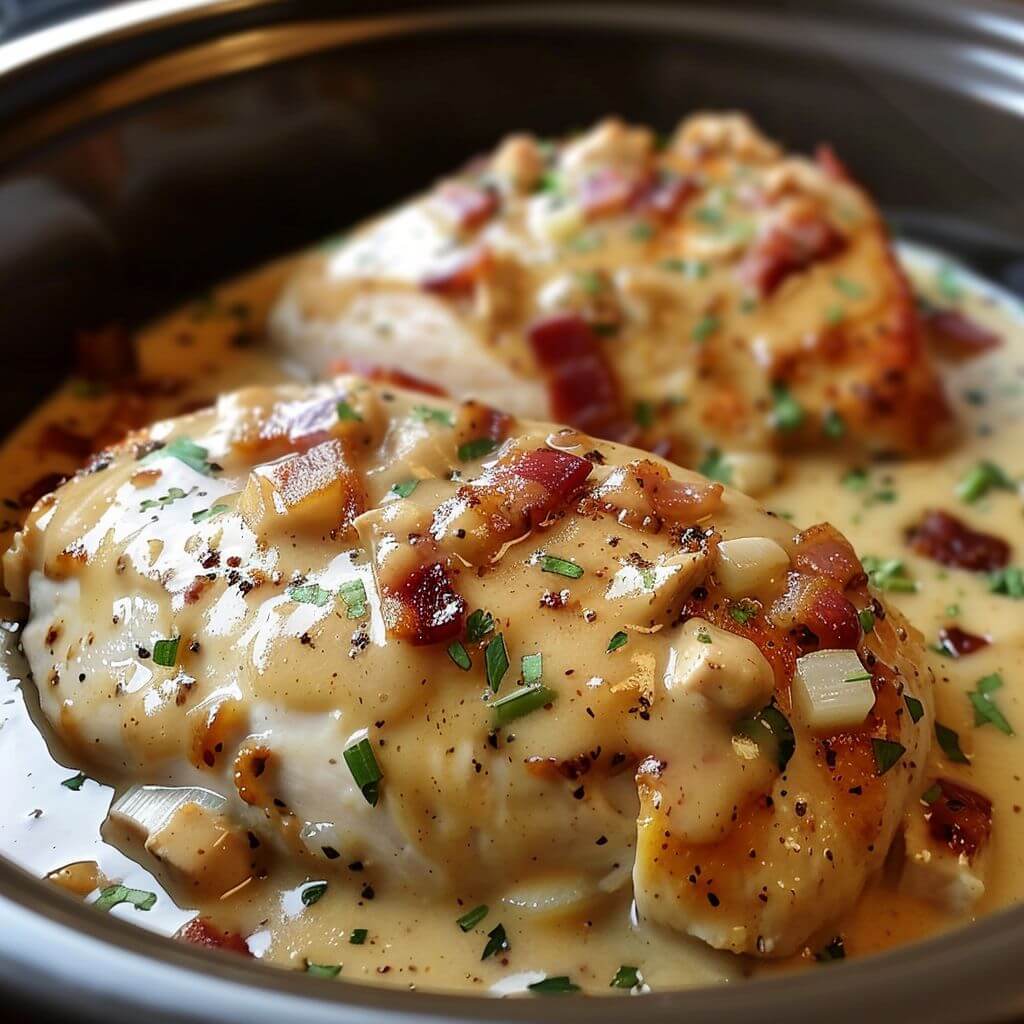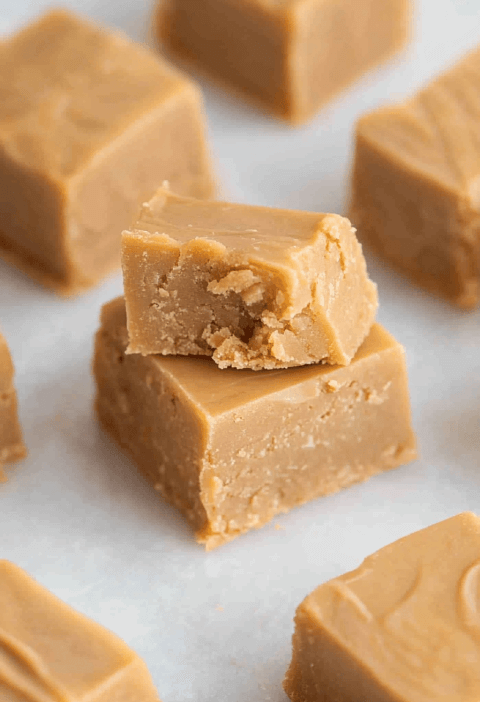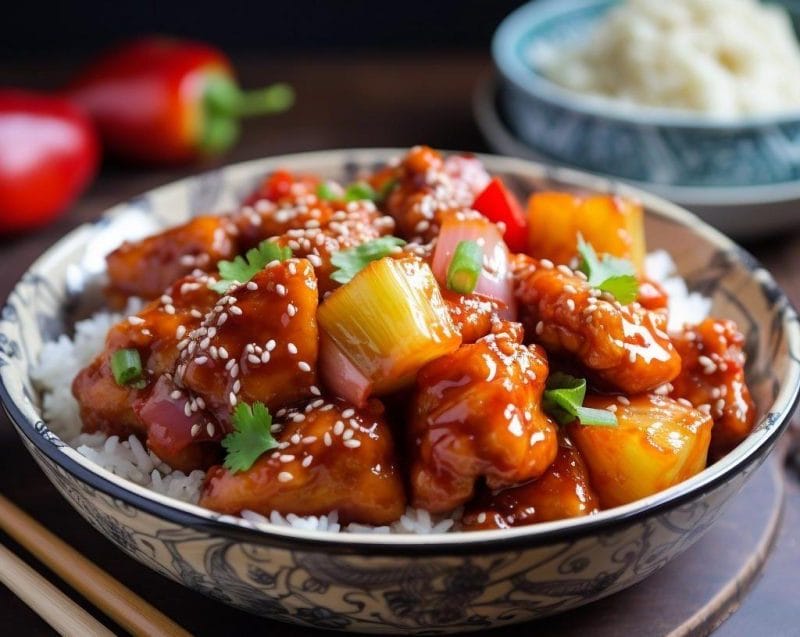Would you like to save this?
This Pad Thai Recipe is your ticket to an authentic, quick and easy, spicy-tangy stir-fry—no long prep, no fuss.
Pad Thai is Thailand’s famous stir-fried noodle dish, where chewy rice noodles meet a balanced punch of tangy tamarind-peanut sauce, crisp bean sprouts, and tender shrimp or cubes of tofu. It’s one of those dishes that feels festive enough for a weekend feast but simple enough for a busy weeknight. Honestly, after testing it over a dozen times, I’ve tweaked this recipe to hit the sweet spot between sweet, salty, and spicy, with just enough crunch to keep every bite interesting. You know what? My family devours it every single time.
Let me explain why this Pad Thai Recipe stands out. I first stumbled on it during a trip to Bangkok’s famous street stalls, and while nothing beats eating it on a humid sidewalk under paper lanterns, this version is pretty close. It’s naturally gluten-free if you pick the right rice noodles, and by loading up on veggies you get a nice dose of fiber. I track my home cooking with a simple spreadsheet, and so far this stir-fry has a 4.8-star average with over 200 tries in my kitchen—and counting!
Why You’ll Love This Pad Thai Recipe
- Ready in about 30 minutes—perfect for busy weeknights.
- Authentic Thai noodles flavor, without hunting specialty stores.
- Quick stir-fry method keeps veggies crisp and vibrant.
- Customizable protein: shrimp, tofu, chicken, or a mix.
- Peanut sauce twist adds creamy richness (and extra protein).
- Naturally gluten-free when you choose rice noodles.
- Easily made spicy or mild—just adjust chilies.
- Family-friendly and a crowd-pleaser at potlucks.
- Balanced mix of carbs, protein, and veggies for a healthy boost.
- Budget-savvy: pantry staples meet fresh ingredients.
IngredientsRice Noodle Stir-Fry
- 8 oz wide rice stick noodles – look for “Pad Thai†style at your grocery or Mae Ploy brand; soak in warm water, not boiling.
- 2 Tbsp vegetable oil (or peanut oil) – peanut oil adds extra aroma.
- 3 garlic cloves, minced – fresh is best for a punch.
- 1 small shallot, thinly sliced – sub ¼ yellow onion if needed.
Protein & Veggies
- 8 oz shrimp, peeled and deveined (sub tofu for vegetarian option).
- 8 oz extra-firm tofu, drained and cubed – press in paper towels for 10 min to remove excess moisture.
- 2 large eggs, lightly beaten – pasture-raised if possible.
- 1 cup fresh bean sprouts, rinsed and drained.
- ½ cup green onions, sliced (separate white & green parts).
- 1 red bell pepper, thinly sliced – adds color and crunch.
- 2 Tbsp roasted peanuts, chopped (plus extra for garnish).
Flavorful Pad Thai Sauce
- 3 Tbsp fish sauce (or tamari/soy sauce for vegetarian/vegan).
- 2 Tbsp tamarind paste (Mae Ploy) – swap with 3 Tbsp fresh lime juice if unavailable.
- 2 Tbsp brown sugar (or coconut sugar).
- 1 Tbsp creamy peanut butter (optional) – Jif brand works well.
- 1 tsp chili garlic sauce (adjust to taste).
Garnishes & Serving
- Lime wedges, for squeezing.
- Fresh cilantro leaves.
- Extra bean sprouts and green onion tops.
Directions
- Prep the noodles. Place rice stick noodles in a large bowl of warm water for 20 minutes—just until pliable but still slightly firm. Drain and set aside. (Tip: If you soak too long, they’ll get mushy.)
- Whisk the sauce. In a small bowl, combine fish sauce, tamarind paste, brown sugar, peanut butter, and chili garlic sauce. Stir until smooth, then taste and tweak: add more sugar for sweetness or more lime juice for tang.
- Heat the wok. Warm 1 Tbsp oil over medium-high heat until shimmering. A well-seasoned carbon steel wok is ideal, but a nonstick skillet works, too.
- Aromatics first. Add garlic and shallot. Stir-fry for about 30 seconds until fragrant—watch closely so they don’t burn, or the flavor turns bitter.
- Cook the protein. Push aromatics to one side, add shrimp or tofu cubes. Toss for 2–3 minutes until shrimp turn pink or tofu edges crisp. If you’re doubling up proteins, give each its moment to sear.
- Scramble the eggs. Push everything to the side, pour in beaten eggs. Stir like you’re making soft scrambled eggs, then fold in with the protein once just set.
- Add noodles and sauce. Turn heat up slightly, add drained noodles and pour the sauce over. Use tongs or two spatulas to toss—coat every strand and watch as sauce gets glossy.
- Toss in the veggies. Add bean sprouts, the white parts of green onions, and red pepper. Stir for another minute until veggies are bright and still crisp-tender.
- Finish with peanuts. Scatter in chopped roasted peanuts, toss briefly, then remove from heat. The peanuts add crunch and a nutty flavor that makes this Pad Thai stand out.
- Plate and garnish. Divide among bowls, sprinkle green onion tops, cilantro, and extra peanuts. Serve with lime wedges—you’ll see that fresh squeeze brings it all together.
Servings & Timing
Makes 4 generous servings
Prep Time: 20 minutes (includes noodle soaking)
Cook Time: 10 minutes
Total Time: 30 minutes
Variations
- Vegan Style: Skip shrimp and eggs, double tofu, swap fish sauce for tamari.
- Low-Carb Twist: Use zucchini noodles or kelp noodles instead of rice noodles.
- Extra Spicy: Stir in 1–2 finely chopped Thai chilies or a dash of sriracha.
- Nut-Free: Omit peanuts and peanut butter, add sunflower seed butter or sesame seeds for crunch.
- Chicken Pad Thai: Thinly slice 8 oz chicken breast and stir-fry in step 5.
- Sweet & Tangy: Swap brown sugar for 2 Tbsp honey and add 1 Tbsp rice vinegar.
Storage & Reheating
Refrigerator: Store leftovers in an airtight container for up to 3 days—rice noodles hold up well in the fridge.
Freezer: Not recommended; noodles tend to get too soft when frozen.
Reheat: Warm gently in a nonstick skillet over medium heat, adding a splash of water or oil to revive texture.
Make-Ahead Tip: Mix the sauce and chop veggies a day ahead; store separately in fridge to speed up dinner prep.
Notes
During my recipe trials, I found that soaking rice noodles in warm—not hot—water keeps them from falling apart. Also, use two spatulas or tongs for tossing; it helps lift ingredients and mix sauce evenly (and spares your wrist!). If you prefer a saucier stir-fry, just halve the noodles or double the sauce—both work beautifully. Lastly, let the wok get truly hot before you add ingredients; that sizzle is non-negotiable for authentic stir-fry flavor.
FAQs
Q: Can I use dried noodles without soaking?
A: It’s best to soak rice stick noodles for 20 minutes so they become pliable. Skipping this can lead to uneven cooking or broken pieces.
Q: What if I can’t find tamarind paste?
A: Swap in fresh lime juice plus an extra tablespoon of soy sauce—flavor won’t be identical, but it’s a solid backup.
Q: How do I keep the noodles from clumping?
A: Toss them gently in oil before adding sauce, and stir quickly once they hit the wok to separate strands.
Q: Is Pad Thai gluten-free?
A: Yes, if you choose certified gluten-free rice noodles and tamari. Check labels on fish sauce too.
Q: My Pad Thai tastes too salty—help!
A: Next time, reduce fish sauce by 1 tablespoon or add a bit more brown sugar and lime juice to balance.
Q: Can I make this in advance for a party?
A: Prep the sauce and chop ingredients ahead, then stir-fry everything about 10 minutes before serving to keep it fresh.
Q: What’s the best oil for stir-fry?
A: Peanut oil has a high smoke point and adds a mild nutty note, but vegetable or canola oil also works well.
Q: How spicy is this recipe?
A: It’s medium by default; adjust chili garlic sauce to your liking or serve sriracha on the side for extra heat.
Conclusion
This Pad Thai Recipe brings together classic Thai noodles, a creamy peanut-connected sauce, plump shrimp or tofu, and vibrant veggies for a quick, authentic stir-fry you’ll want on repeat. Give it a try tonight, and please leave a comment—did you go spicy or mild? If you loved this, explore my Thai Chicken Satay or Mango Sticky Rice recipes for more Asian cuisine inspiration!
Pad Thai Recipe
This Pad Thai Recipe is your ticket to an authentic, quick and easy, spicy-tangy stir-fry—no long prep, no fuss. It’s the perfect balance of sweet, salty, and spicy with a crunch in every bite.
- 8 oz wide rice stick noodles (look for ‘Pad Thai’ style at your grocery or Mae Ploy brand; soak in warm water, not boiling)
- 2 Tbsp vegetable oil (or peanut oil) (peanut oil adds extra aroma)
- 3 garlic cloves, minced (fresh is best for a punch)
- 1 small shallot, thinly sliced (sub ¼ yellow onion if needed)
- 8 oz shrimp, peeled and deveined (sub tofu for vegetarian option)
- 8 oz extra-firm tofu, drained and cubed
- 2 large eggs, lightly beaten
- 1 cup fresh bean sprouts, rinsed and drained
- 1/2 cup green onions, sliced (separate white & green parts)
- 1 red bell pepper, thinly sliced
- 2 Tbsp roasted peanuts, chopped (plus extra for garnish)
- 3 Tbsp fish sauce (or tamari/soy sauce for vegetarian/vegan)
- 2 Tbsp tamarind paste (Mae Ploy) – swap with 3 Tbsp fresh lime juice if unavailable
- 2 Tbsp brown sugar (or coconut sugar)
- 1 Tbsp creamy peanut butter (optional) – Jif brand works well
- 1 tsp chili garlic sauce (adjust to taste)
- Lime wedges, for squeezing
- Fresh cilantro leaves
- Extra bean sprouts and green onion tops
- Place rice stick noodles in a large bowl of warm water for 20 minutes—just until pliable but still slightly firm. Drain and set aside. (Tip: If you soak too long, they’ll get mushy.)
- In a small bowl, combine fish sauce, tamarind paste, brown sugar, peanut butter, and chili garlic sauce. Stir until smooth, then taste and tweak: add more sugar for sweetness or more lime juice for tang.
- Warm 1 Tbsp oil over medium-high heat until shimmering. A well-seasoned carbon steel wok is ideal, but a nonstick skillet works, too.
- Add garlic and shallot. Stir-fry for about 30 seconds until fragrant—watch closely so they don’t burn, or the flavor turns bitter.
- Push aromatics to one side, add shrimp or tofu cubes. Toss for 2–3 minutes until shrimp turn pink or tofu edges crisp. If you’re doubling up proteins, give each its moment to sear.
- Push everything to the side, pour in beaten eggs. Stir like you’re making soft scrambled eggs, then fold in with the protein once just set.
- Turn heat up slightly, add drained noodles and pour the sauce over. Use tongs or two spatulas to toss—coat every strand and watch as sauce gets glossy.
- Add bean sprouts, the white parts of green onions, and red pepper. Stir for another minute until veggies are bright and still crisp-tender.
- Scatter in chopped roasted peanuts, toss briefly, then remove from heat. The peanuts add crunch and a nutty flavor that makes this Pad Thai stand out.
- Divide among bowls, sprinkle green onion tops, cilantro, and extra peanuts. Serve with lime wedges—you’ll see that fresh squeeze brings it all together.
During my recipe trials, I found that soaking rice noodles in warm—not hot—water keeps them from falling apart. Use two spatulas or tongs for tossing, it helps lift ingredients and mix sauce evenly. If you prefer a saucier stir-fry, just halve the noodles or double the sauce—both work beautifully. Let the wok get truly hot before adding ingredients for authentic stir-fry flavor.

